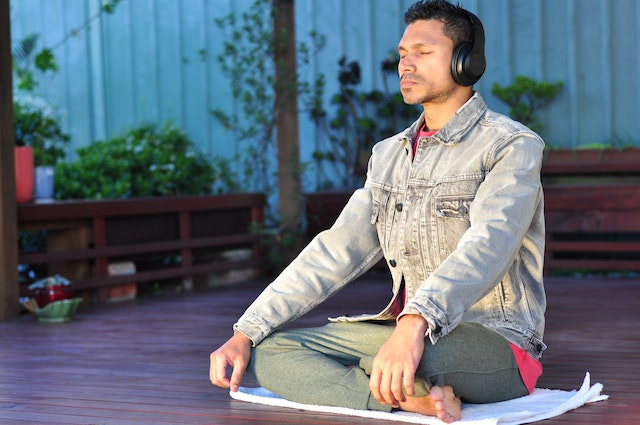
15 Jul Use your mind in moderation: Making a case for mindfulness in everyday life. By Dr. Liz Woodruff
The mind is a powerful tool – it separates humans from other animals and has led to incredible discoveries at which our ancestors would marvel. But there are two sides to the mind coin, as the “thinking mind” – the part of our mind that engages in worrying, planning, ruminating, mulling things over and over again – can lead to stress, angst, and even health issues. In this blog, I propose that getting out of your thinking mind and into the present moment is a worthy endeavor. Don’t get me wrong, I love the thinking mind – it allows us solve problems, plan for the future, and learn new concepts (to name a few). Sometimes though (or if you are like me often), the thinking mind kicks into overdrive, causing us to worry obsessively about the future, painfully ruminate on the past, and lose contact with the present moment. Our thinking minds try to convince us that staying connected to the present moment and resisting the urge to think excessively will put us in harm’s way. Perhaps we will forget a deadline or make a mistake on a project. Maybe we will get behind at work or we won’t be as successful or competent in the things that matter to us. These fears are all illusory “what ifs” that the mind uses to play tricks on us. In fact, it is an overreliance on the thinking mind and a lack of presence that prevents us realizing our greatest potential. “Mindful presence,” or put simply directing our attention away from the thinking mind and into the now has numerous benefits. Mindful presence can create lasting structural changes in our brains, reduce anxiety and depression, lower blood pressure, improve our sleep, and even improve our immunity.
You may now be asking, “but how do I get out of my thinking mind when it is so powerful and convincing!?” Developing a mindfulness practice is a simple and accessible way to reduce the power of the thinking mind and get into the present moment. And good news, you do not have to be a yogi or meditation guru to practice mindful presence – it can be practiced by anyone. Even young kids can learn and practice mindfulness skills. Below, I have listed a few simple techniques to help you embark on your own mindfulness journey.
- Deep breathing: You can do this any time anywhere. Simply take long, deep breaths from your diaphragm. One strategy is the four-count method. Breathe in for four seconds, breathe out for four seconds, repeat.
- Conduct a quick body scan: Starting at the toes and feet, scan your attention through the body, noticing any tension and relaxing those tense areas. Notice what you feel, trying to reserve any judgment.
- Take a mindful pause: Take a quick moment at any point throughout your day for a mindful pause. Before you get out of your car, pause and breathe. When you walk outside, take a pause and soak in the sounds, smells and sights. When you notice you are stressed, take a mindful pause to notice what you are feeling and thinking.
- Practicing stillness: set aside as much time as you would like – 5 minutes, 20 minutes, doesn’t matter – and practice stillness. You may do this by focusing on your breath, focusing on sounds you hear, repeating a mantra (I like “I am safe”) or anything that helps anchor to stillness.
- Be easy on yourself. Mindfulness is a practice, not a means to an end. It is not easy because our thinking minds our powerful and loud. So, if you find these exercises challenging, you are not alone! Be compassionate and patient with yourself as you work to improve your mindfulness game.
Resources for mindfulness:
How to Meditate: A Practical Guide to Making Friends with Your Mind by Pema Chodron
Mindfulness for Beginners by Jon Kabat-Zinn
Tara Brach: www.tarabrach.com


